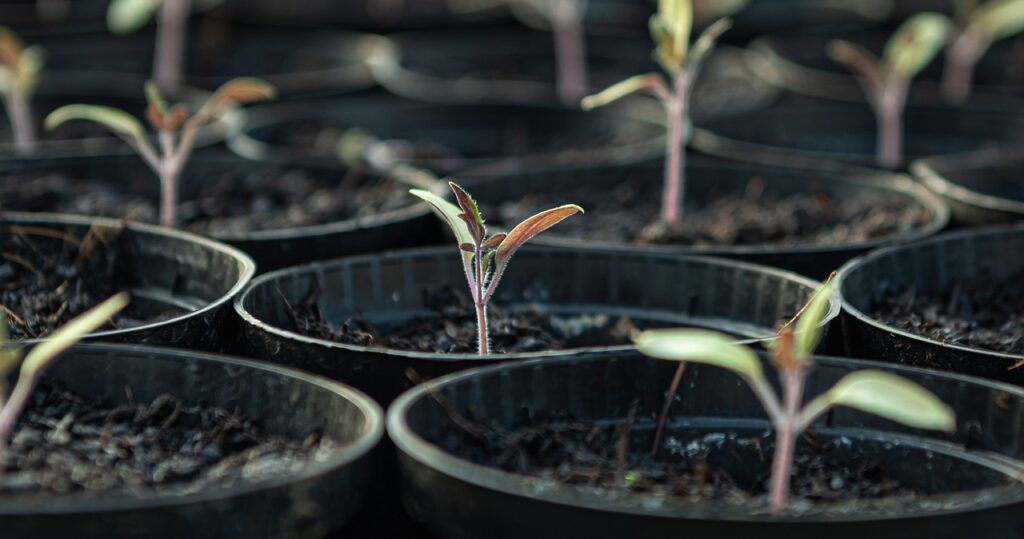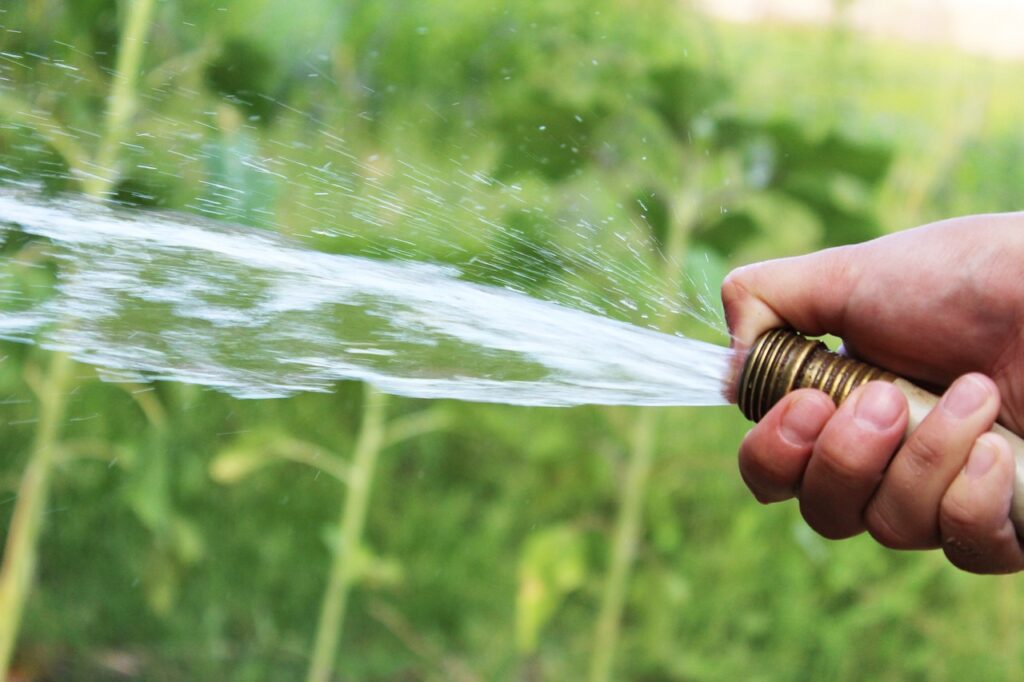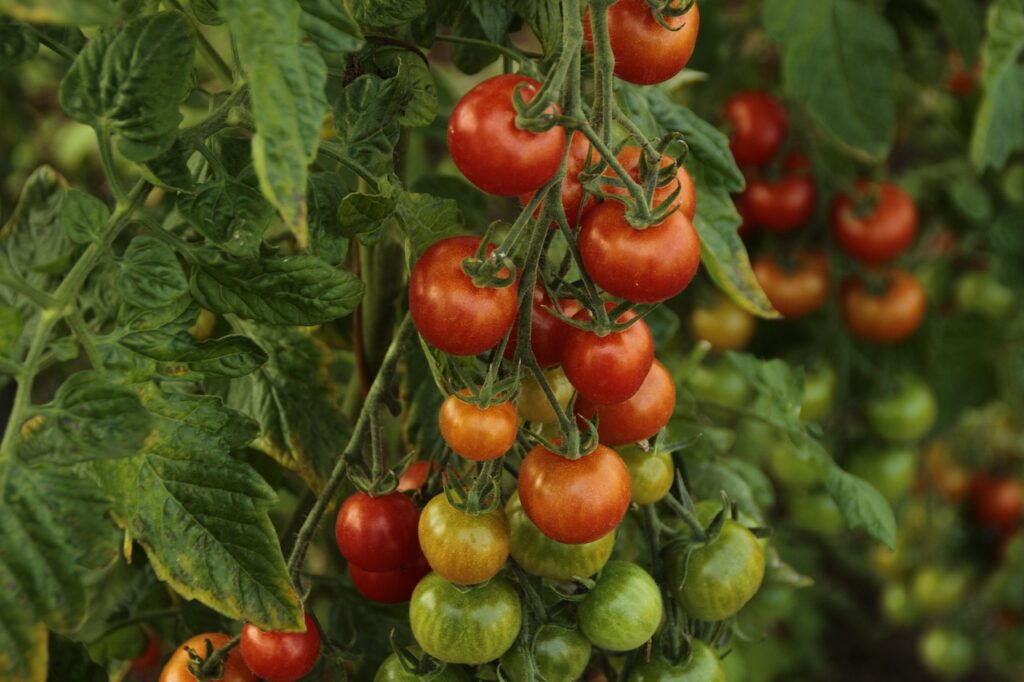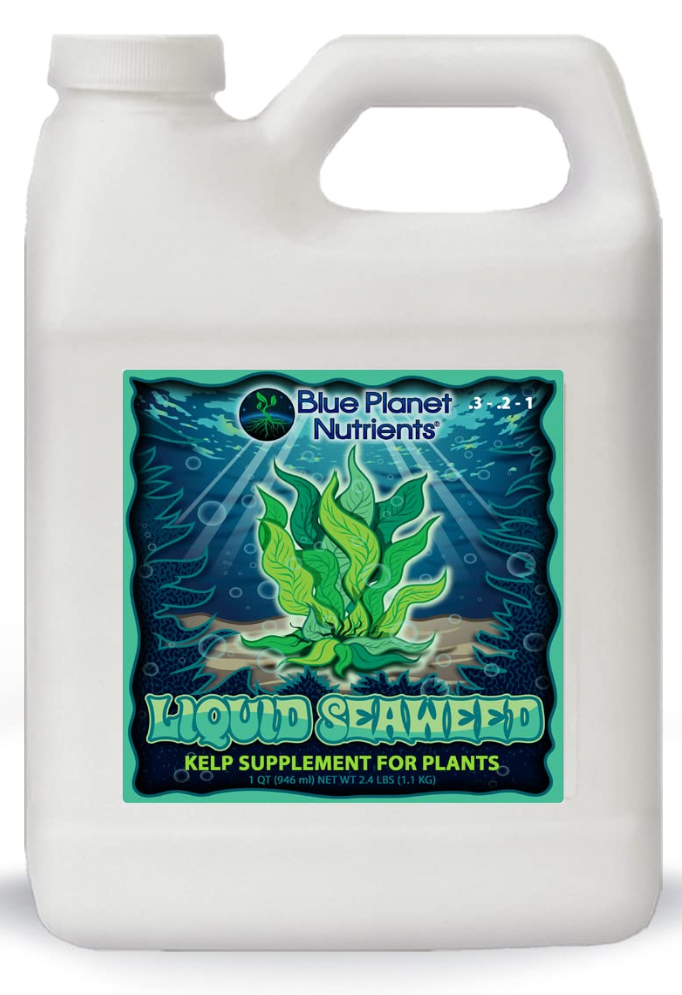A guide to the spring garden for Zone 8 region. Planting times, watering, fertilizing, and more. Focusing on soil health and spring planting.

How Do I Prepare My Garden for Spring Planting?
Preparing your garden for spring planting is an important step in ensuring a successful growing season. Here are some steps you can take to prepare your garden for spring planting:
- Clear out any debris: Remove any dead plants, leaves, and other debris from your garden bed. This will help prevent the spread of disease and pests.
- Test your soil: Use a soil testing kit to check the pH and nutrient levels of your soil. If necessary, add lime or sulfur to adjust the pH, and add organic matter such as compost or well-rotted manure to improve soil fertility.
- Work the soil: Use a garden fork or tiller to loosen the soil to a depth of at least 6 inches. This will improve drainage, aeration, and make it easier for plant roots to grow. Alternatively, fresh soil may be added on top of the growing area.
- Add fertilizer: Depending on the nutrient levels in your soil, you may need to add a fertilizer to provide additional nutrients for your plants. Follow the manufacturer’s instructions for application rates.
- Plan your garden layout: Decide what plants you want to grow and where you want to plant them. Consider factors such as light requirements, spacing, and companion planting.
- Start seeds indoors: If you plan to start seeds indoors, prepare your seed starting trays or pots, and sow your seeds according to the instructions on the seed packet. For Zone 8, starting seeds indoors may be started in January, February, and March.
- Mulch your garden bed: After planting, add a layer of mulch around your plants to help retain moisture, suppress weeds, and regulate soil temperature.

When Is the Best Time to Start Planting in The Spring?
In general, the ideal time to start planting in the spring is when the soil temperature is consistently above freezing and has begun to warm up. This allows the seeds to germinate and the plants to establish their roots before the hot summer weather arrives.
In most regions, the average last frost date is a good indicator of when to start planting in the spring. You can find out your region’s last frost date by consulting a local gardening guide, like the Farmer’s Almanac (https://www.almanac.com) or contacting your local extension service. For many plants, it’s best to plant them a few weeks after the last frost date to ensure that they won’t be damaged by any unexpected frost or cold weather.
It’s also important to consider the specific needs of the plants you want to grow. Some plants, like peas and lettuce, can tolerate cooler temperatures and can be planted as soon as the soil can be worked in the spring. Others, like tomatoes and peppers, require warmer temperatures and should be planted later in the season.
Overall, the best time to start planting in the spring is when the soil is warm enough and the weather conditions are suitable for the plants you want to grow.
What Are the Soil Requirements for Spring Planting?
The soil requirements for spring planting depend on the type of plants you want to grow. Most plants will have a description of soil requirements on their tag or seed catalog. However, in general, there are a few basic soil requirements that apply to most plants.
- Soil texture: The texture of the soil should be loose and friable to allow for good drainage and aeration. Sandy loam or loamy soil is ideal, as it provides a good balance of drainage and water retention.
- Soil pH: Most plants prefer a slightly acidic soil pH of around 6.0 to 7.0. You can test your soil’s pH with a soil testing kit, which is available at most garden centers or online. If your soil pH is too low or too high, you can adjust it with lime or sulfur. Additionally, soil pH may change overtime with plant growth and death.
- Soil nutrients: The soil should be rich in nutrients such as nitrogen, phosphorus, and potassium. You can add compost or well-rotted manure to your soil to provide these nutrients. Additionally, you may need to add additional fertilizers depending on the specific needs of the plants you want to grow.
- Soil moisture: The soil should be moist, but not waterlogged. It’s important to maintain a consistent level of moisture in the soil to support plant growth. For instance, container gardening will allow for the soil to drain more quickly. In-ground gardening may require “hilling” to allow for proper drainage.
- Soil temperature: The soil should be warm enough for seeds to germinate and for plants to establish their roots. As a general rule, soil temperatures should be above 50 degrees Fahrenheit before you start planting.

Soil Test Kit https://amzn.to/3kqVVIj
Seaweed fertilizer https://amzn.to/3lXGGHw

How Often Should I Water My Spring Garden?
As a general rule of thumb, most plants require 1 to 1.5 inches of water per week, including rain and irrigation. This roughly translates to 1 to 3 times per week. Before watering your garden, check the soil moisture. Use your fingers or a soil moisture meter to check the moisture level. If the soil feels dry to the touch, it is time to water. If the soil is still moist, you can wait a day or two before checking again. On hotter days, watering may be needed more often.
When watering your garden, water deeply to encourage root growth. This will help your plants become more drought-resistant in the long term. Additionally, watering in the morning is more beneficial as plants will have time to dry out. Watering in the evening can cause an increased risk of fungal diseases.
A drip irrigation system can help you water your garden more efficiently by delivering water directly the plant’s root zone. This can help reduce water waste and decrease the risk of fungal diseases spreading from leaf to leaf. Larger gardens benefit greatly from irrigation systems. Additionally, busy gardeners can set up a timed irrigation system to save time on watering.
How Do I Fertilize My Spring Garden?
Depending on your soil test results, you may need to choose a fertilizer that provides specific nutrients, such as nitrogen, phosphorus, or potassium. You can choose an organic or synthetic fertilizer, depending on your preference.
Follow the manufacturer’s instructions for applying the fertilizer and be sure to apply it evenly over the soil.Avoid applying fertilizer directly to the leaves or stems of plants, as this can burn them. After applying the fertilizer, water your garden thoroughly to help the nutrients soak into the soil and reach the plant roots.
Depending on your soil and plant needs, you may need to fertilize your garden again throughout the growing season. Follow the manufacturer’s instructions for the recommended frequency and amount of application. However, be careful to avoid over-fertilizing, which can harm your plants and contribute to environmental issues such as water pollution.
For a more natural way to fertilize instead of using synthetic fertilizers, use organic alternatives. Compost, manure, or fish emulsion are great options. These options can be beneficial for soil health and can help reduce the risk of chemical buildup in the soil.

How Do I Control Pests and Diseases in My Spring Garden?
- Choose disease-resistant plants: One of the easiest ways to prevent disease is to choose plants that are resistant to common garden diseases. You can find disease-resistant varieties of many common garden plants, including tomatoes, cucumbers, and squash. Reference seed catalogs for varieties that are best.
- Practice good garden hygiene: good garden hygiene is essential for preventing the spread of disease. This includes removing dead plant material, keeping your garden clean and tidy, and washing your gardening tools to prevent the spread of disease.
- Rotate your crops: Rotating your crops from year to year can help prevent the buildup of soil-borne diseases. This means planting different crops in different areas of your garden each year.
- Use natural pest control methods: There are many natural methods for controlling pests in the garden, including using companion planting, introducing beneficial insects, and using homemade sprays made from natural ingredients like garlic, pepper, or soap. Here is our article on companion planting https://boonstead.com/what-plants-are-the-best-for-companion-planting/
- Monitor your plants: Regularly inspect your plants for signs of pests or disease, such as holes in leaves or discoloration. Early detection can help prevent the spread of pests or disease to other plants.
- Know your common garden helpers: reference our article on common garden helpers for a list of insects and bugs that can help in your garden space. https://boonstead.com/what-are-the-common-helpers-in-a-garden/

What Can I Grow in The Spring in Zone 8?
March – Early Spring
| Sow Seeds Indoors | Direct Sow Seed Outside | Plant from Transplant |
| Basil Eggplant Herbs Lettuce Beans Mustards Sunflower Tomatoes Peppers Tendergreens | Arugula Beans (bush) Beans (broad) Beans (pole) Chinese cabbage Cantaloupe Collards Corn Cucumber Endive Lettuce Mustard Parsley Pumpkin Radish Winter Squash Summer Squash Sunflower Tendergreen Turnips | Chilis Peppers Collards Eggplant Herbs Horseradish Leeks Lemon Balm Oregano Tomatoes Onions |
April – Mid Spring
| Sow Seeds Indoors | Direct Sow Seed Outside | Plant from Transplant |
| Arugula Basil Asparagus Beans (Bush) Beans (Broad) Beans (Pole) Winged Beans Bittermelon Cantaloupe Corn Cucumber Cumin Gourds Mustard Okra Southern Peas Pumpkins Radish Malabar Spinach Winter Squash Summer Squash Sunflower Tendergreen Watermelon | Chilis Peppers Herbs Ginger Sweet Potatoes Tomatoes |
May – Late Spring
| Sow Seeds Indoors | Direct Sow Seed Outside | Plant from Transplant |
| Arugula Basil Asparagus Winged Bean Bittermelon Cantaloupe Corn Cucumber Okra Southern Peas Pumpkin Malabar spinach Winter squash Summer squash Sunflower Watermelon | Eggplant Peppers Chilis Sweet Potato |

What Fruits and Vegetables Can I Harvest in The Spring?
| March – Early Spring | April – Mid Spring | May – Late Spring |
| Asparagus Beets Broccoli Cabbage Carrots Celery Citrus Greens Lettuce Herbs Mushrooms Onions Radishes Spinach Squash Sweet Potato Turnips Strawberries Kale Rhubarb | Artichokes Asparagus Blackberries Raspberries Broccoli Cabbage Carrots Celery Cucumber Peas Citrus Lettuce Herbs Mushrooms Onions Potatoes Radish Spinach Squash Strawberries Sweet Potatoes Tomatoes Turnips Rhubarb | Artichokes Peppers Chilies Blackberries Raspberries Blueberries Broccoli Cabbage Cantaloupe Carrots Cucumber Peas Citrus Beans Herbs Lettuce Mushrooms Onions Peaches Potatoes Squash Strawberries Sweet Potatoes Tomatoes Turnips Watermelon |
Other Articles on Gardening
Recent Posts
In general, to harvest your own seeds, you must choose mature, healthy plants, allow seeds to dry out, and remove the seeds when they are completely dry. However, this process will look different for...
A guide on how to store and organize seeds for your garden. Vegetables, flowers, herbs, or anything you are wanting to grow. How to Store Your Seeds Proper storage of garden seeds is essential...

